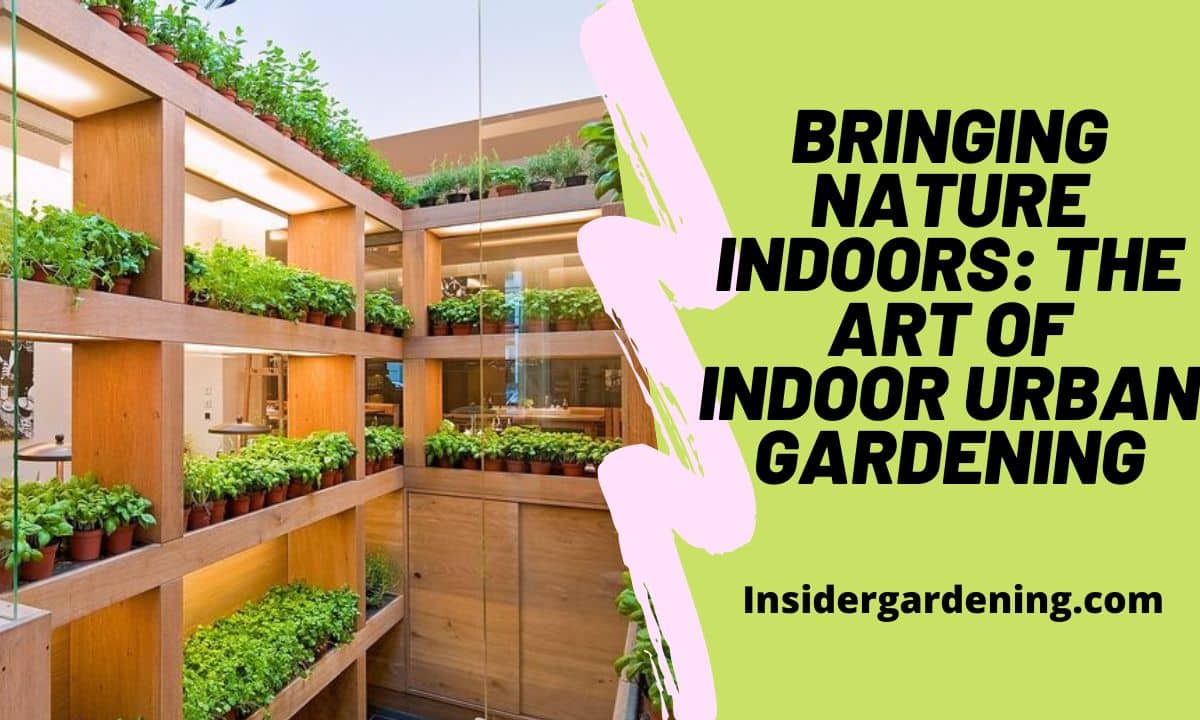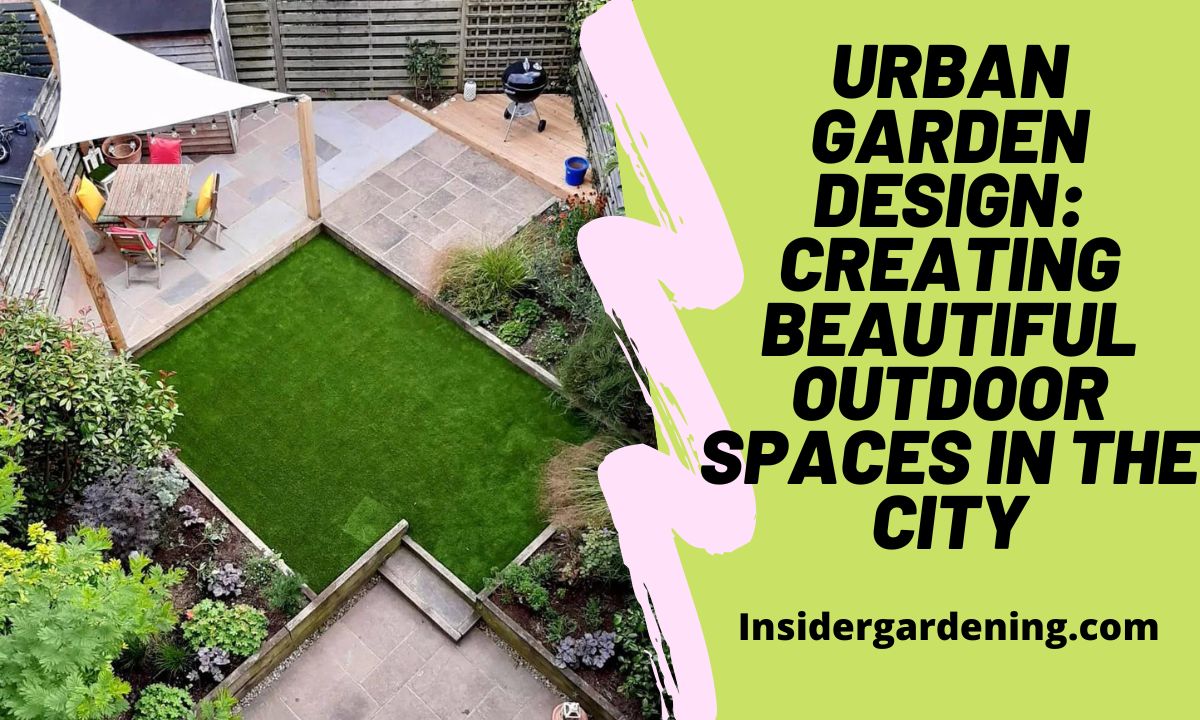The Beginner’s Guide to Urban Composting: Turn Waste into Nutrient-Rich Soil

Composting is a sustainable and rewarding practice that allows you to transform organic waste into nutrient-rich soil. Even in urban environments, where space is limited, composting can be successfully implemented with a few simple techniques.
In this beginner’s guide to urban composting, we will walk you through the process step by step, helping you turn your kitchen scraps and yard waste into valuable compost that nourishes your plants and reduces waste sent to landfills.
1. Choose a Composting Method
There are several composting methods suitable for urban settings. The two most common methods are:
- Traditional Composting: This method involves creating a compost pile or bin in your backyard or balcony if space permits. It requires turning and maintaining the pile to promote decomposition.
- Vermicomposting: Vermicomposting utilizes composting worms, such as red wigglers, to break down organic matter. This method is well-suited for small spaces and can be done indoors using a worm bin.
Choose the method that best fits your available space, time commitment, and personal preferences.
2. Collect Compostable Materials
Gather a variety of compostable materials to create a balanced compost mix. These include:
- Kitchen Scraps: Fruit and vegetable peels, coffee grounds, tea bags, eggshells, and crushed nutshells.
- Yard Waste: Leaves, grass clippings, small twigs, and plant trimmings.
- Other Organic Matter: Shredded newspaper, cardboard, and non-glossy paper.
Avoid adding meat, dairy products, oily foods, and pet waste to your compost pile, as they can attract pests or lead to unpleasant odors.
3. Build Your Compost Pile or Bin
For traditional composting, create a compost pile or use a compost bin. Ensure proper aeration by layering compostable materials, alternating between green (nitrogen-rich) and brown (carbon-rich) materials. Maintain a balance of approximately 2 parts browns to 1 part greens. Keep the compost pile moist but not soggy.
For vermicomposting, set up a worm bin with bedding material such as shredded newspaper or coconut coir. Add the compostable materials along with the composting worms. Place a cover over the bin to maintain darkness and moisture.
4. Maintain the Compost
To ensure successful composting, follow these maintenance steps:
- Turning: Regularly turn your compost pile using a pitchfork or garden fork to promote airflow and decomposition. For vermicomposting, gently mix the contents of the worm bin every few weeks.
- Moisture Management: Keep the compost pile or worm bin moist, similar to a damp sponge. If it gets too dry, add water; if it becomes too wet, add dry materials like shredded newspaper.
- Temperature Control: Composting works best in a temperature range of 120°F to 160°F (49°C to 71°C). Monitor the temperature and adjust the pile’s size and moisture content accordingly.
- Balancing Carbon and Nitrogen: Maintain a balance of green and brown materials to ensure efficient decomposition. Adjust the ratio if the pile becomes too slimy (add more browns) or if decomposition is slow (add more greens).
5. Harvest and Use the Compost
After several weeks to several months, depending on the composting method, your compost will be ready to use. The finished compost should be dark, crumbly, and earthy-smelling. Harvest the compost by removing the finished material from the bottom of the pile or separating it from the worms in a vermicomposting system.
Use nutrient-rich compost to improve soil fertility in your urban garden. Mix it into potting soil, use it as a top dressing around plants, or create compost tea to nourish your plants.
Frequently Asked Questions
FAQ 1: Can I compost in an apartment or a small space?
Yes, you can compost in an apartment or small space using vermicomposting. Worm bins can be kept indoors and are odorless and compact, making them suitable for urban environments.
FAQ 2: How long does it take to make compost?
The time required to make compost depends on factors such as the composting method, materials used, and environmental conditions. Traditional composting can take several months to a year, while vermicomposting typically takes a few months.
FAQ 3: What if my compost smells bad?
A foul odor in compost is often a sign of improper balance or excessive moisture. Adjust the carbon-to-nitrogen ratio by adding more brown materials and ensure proper aeration to resolve the issue.
Conclusion
Urban composting is a simple yet impactful way to reduce waste, enrich your soil, and contribute to a more sustainable future. By following the steps outlined in this beginner’s guide, you can successfully compost in limited spaces and turn your organic waste into nutrient-rich soil. Embrace the practice of urban composting and witness the transformation of kitchen scraps and yard waste into a valuable resource for your urban garden.




